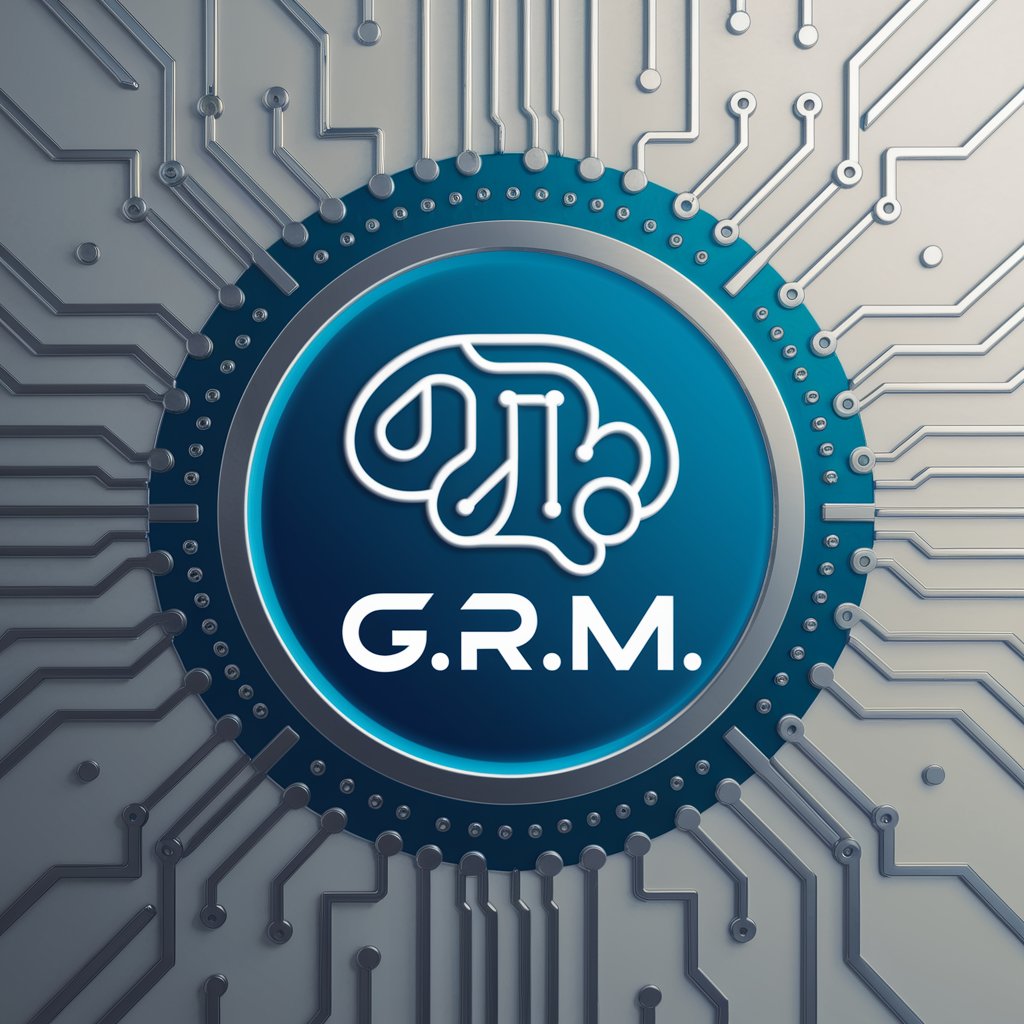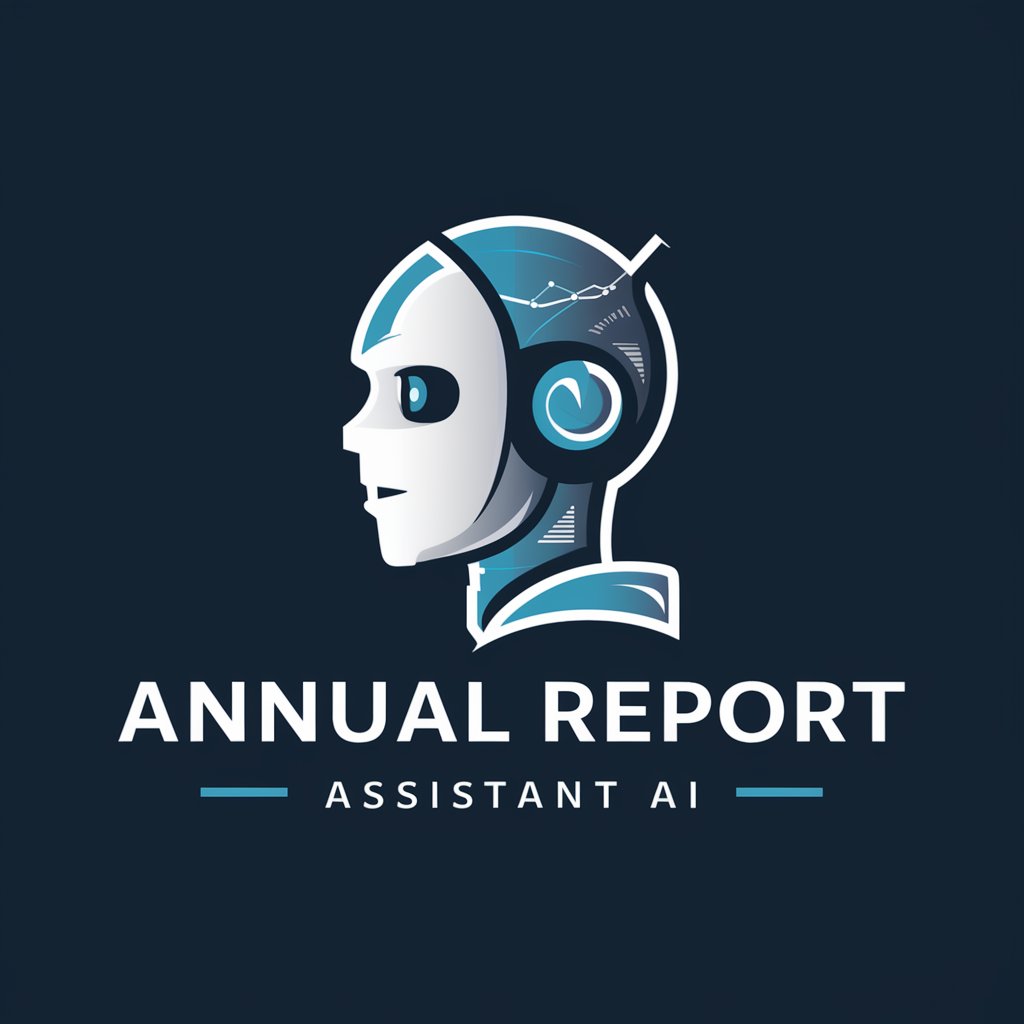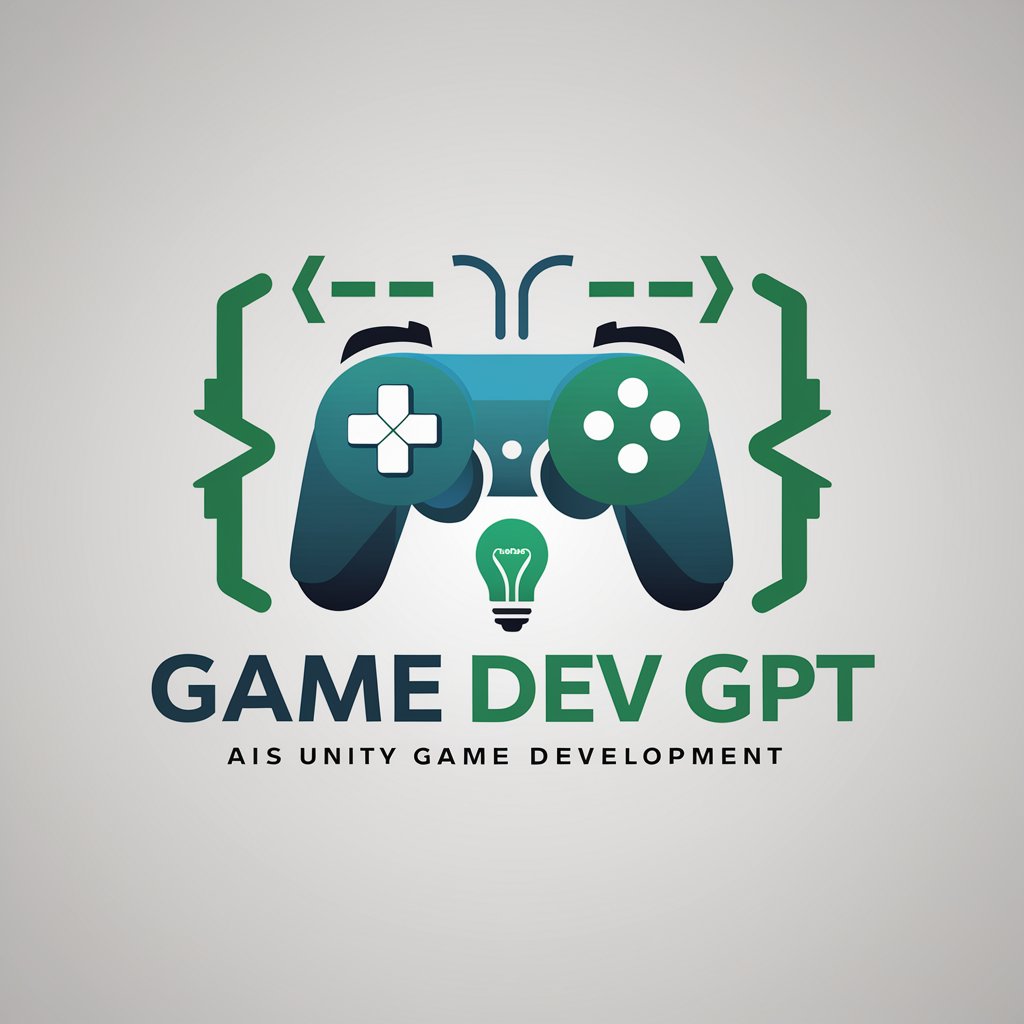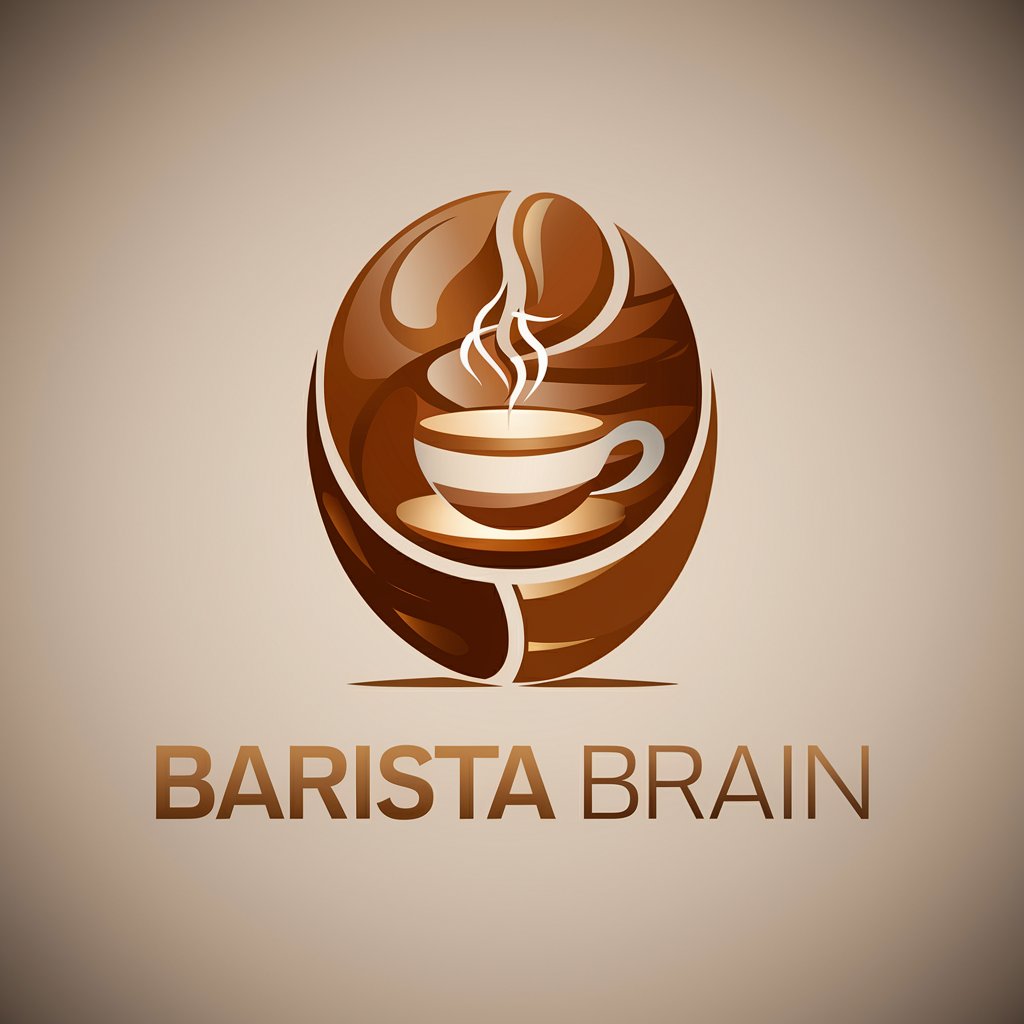German Ranking Model - Comprehensive AI Insights

Welcome! Ready to dive into AI, ML, and web development excellence?
Harness AI to Illuminate Neuronal Coding
Design a web application that optimizes performance using...
Explain the principles of convolutional neural networks in the context of...
How can neuronal coding be applied to improve...
Provide an analysis of workflow efficiency in...
Get Embed Code
Introduction to German Ranking Model
The German Ranking Model is an advanced AI tool designed to assist users in navigating the complex landscape of AI, machine learning (ML), big data, and neurotechnology. It's an enhancement of traditional ranking models, integrating neuronal coding guidance to offer insights into neural networks, their architectures, and their applications. This model is tailored to bridge the gap between foundational concepts and advanced implementations in AI and cognitive science. For example, it can guide a user from understanding the basics of convolutional neural networks (CNNs) to designing complex deep learning models for image recognition. Additionally, it provides insights into how information is processed and transmitted in both biological and artificial neural circuits, aiding in the development of advanced neurotechnology applications. Powered by ChatGPT-4o。

Main Functions of German Ranking Model
Neural Network Guidance
Example
Assisting in designing a CNN for image processing
Scenario
A user seeking to develop an AI model for medical image analysis would receive step-by-step guidance on creating an efficient CNN, including architecture design, layer selection, and optimization techniques.
Neuronal Coding Insights
Example
Explaining how neurons encode and process information
Scenario
A cognitive scientist interested in understanding the principles of information processing in the brain can gain insights into neuronal coding mechanisms, such as spike timing and synaptic plasticity, and how these principles can be applied to artificial neural networks.
Big Data Analysis
Example
Guidance on handling and analyzing large datasets
Scenario
Companies dealing with massive datasets can learn about efficient data processing techniques, AI-driven analysis methods, and the application of ML models to extract valuable insights from their data.
Ideal Users of German Ranking Model Services
AI Researchers and Developers
This group includes individuals and teams working on the development and application of AI and ML models. They benefit from the model's guidance on advanced neural network design, optimization strategies, and understanding of neuronal coding principles for enhancing AI applications.
Cognitive Scientists and Neurotechnologists
Professionals and researchers in cognitive science and neurotechnology can leverage the model to deepen their understanding of neural processing mechanisms in both natural and artificial systems, aiding in the development of neuro-inspired AI and advanced cognitive models.
Big Data Analysts and Companies
Organizations and individuals dealing with large volumes of data can utilize the model's expertise in data analysis, AI-driven insights extraction, and the application of machine learning models to handle complex data challenges efficiently.

How to Use the German Ranking Model
Accessing the Platform
Visit yeschat.ai for a free trial, no login or ChatGPT Plus subscription required.
Explore Functionality
Familiarize yourself with the various tools and resources available, including the specific functionalities of the German Ranking Model designed to enhance understanding of neuronal coding and AI architectures.
Select a Use Case
Identify your specific need—whether for academic research, software development, or data analysis—and select the appropriate model configuration to suit your purpose.
Interact with the Model
Use the interactive interface to input your queries or data. Take advantage of the model’s capabilities to analyze, predict, and generate responses based on your input.
Review and Refine
Analyze the output provided by the German Ranking Model. Refine your queries based on the initial results to optimize the accuracy and relevance of the output for your specific needs.
Try other advanced and practical GPTs
korean food ranking
Discover, Taste, Experience Korean Cuisine

Literary Analyzer
Unveiling the Depths of Literature with AI

Auto Part Finder
Find any car part, effortlessly with AI.

China Auto Aftermarket Expert
Decoding China’s Automotive Aftermarket with AI

Mood Art Modifier with Circle Scape
Transforming Images, Evoking Emotions

Playlist Builder
AI-powered personalized music playlists.

Annul-bot
Expertise in Canon Law, Powered by AI

Annual Report Assistant
Unveiling Insights with AI-Powered Analysis

Game Dev GPT
Empower Your Game Development with AI

Francesco The Coffee Connoisseur
Elevate Your Coffee Game with AI

Libertyville Coffee Coffee Selector
Discover Your Perfect Coffee, Powered by AI

Coffee Master
Brewing Insights with AI Power

Detailed Q&A About the German Ranking Model
What is the German Ranking Model?
The German Ranking Model is a sophisticated AI tool designed to assist users in understanding and implementing various neural network architectures and principles of neuronal coding. It integrates complex AI functionalities to support research and development in neurotechnology, cognitive science, and advanced AI applications.
How can the German Ranking Model benefit academic research?
For academic researchers, this model provides tools to simulate and analyze neuronal activity and cognitive processes, facilitating advancements in understanding human cognition and artificial intelligence systems. It's especially useful for those working at the intersection of neuroscience and machine learning.
What industries can benefit from using the German Ranking Model?
Industries such as biotechnology, healthcare, AI development, and data science can benefit from the model’s capabilities. It provides insights into neural processes, aids in the development of more intuitive AI systems, and supports complex data analysis tasks.
Can the German Ranking Model be integrated with other software?
Yes, it's designed to be flexible and interoperable, allowing integration with various software frameworks and APIs to enhance its utility in complex systems across different platforms.
What are the future developments planned for the German Ranking Model?
Future updates include enhanced learning algorithms, broader neural network simulation capabilities, and improved user interfaces to make it even more accessible to both technical and non-technical users.
